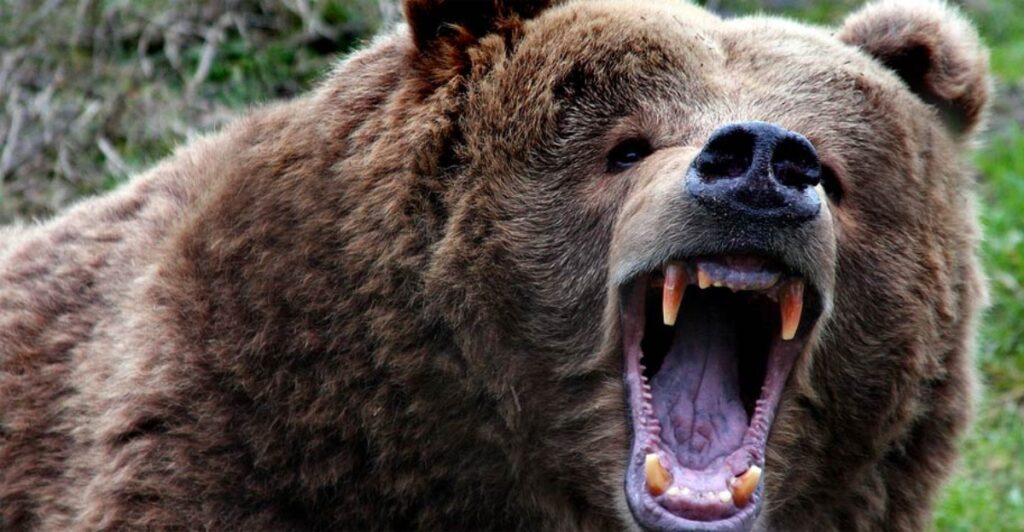
The Kodiak bear, known scientifically as Ursus arctos middendorffi, is the largest subspecies of the brown bear and rivals the polar bear for the title of the largest bear species on Earth. These giants live exclusively in the Kodiak Archipelago in Alaska, a unique environment that has shaped their evolution and lifestyle. Standing as a testament to nature’s adaptability, the Kodiak bear’s journey from the mainland to its isolated island home is a fascinating tale of survival and evolution.
A Look at Bear Diversity
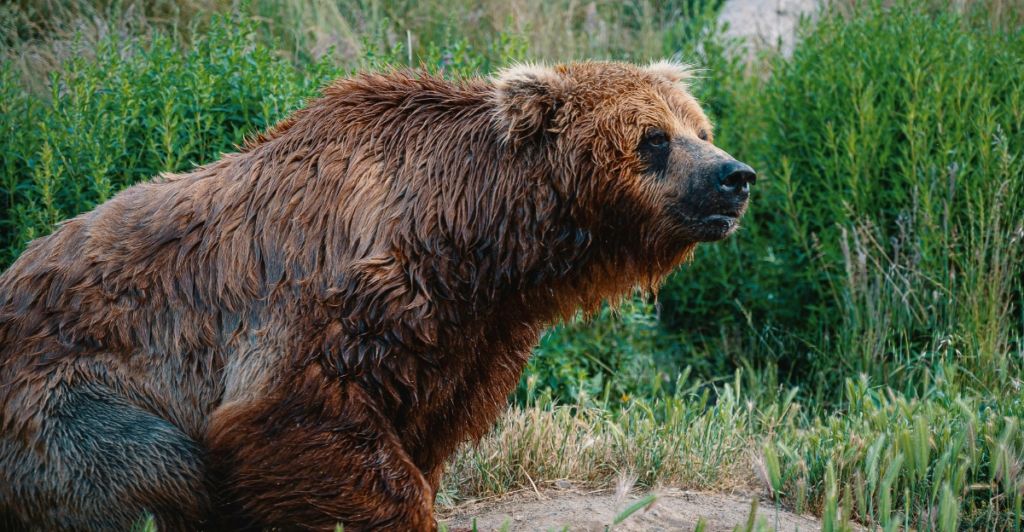
Planet Earth is home to eight bear species, each uniquely adapted to its environment. Among them, the brown bear (Ursus arctos) stands out for its wide range, spanning from North America to Asia and Europe. Subspecies of brown bears, such as the Kamchatka bear or the Gobi bear, have adapted to diverse habitats. However, none are as large or as isolated as the Kodiak bear, making it a standout in the bear family tree.
Origins of the Brown Bear
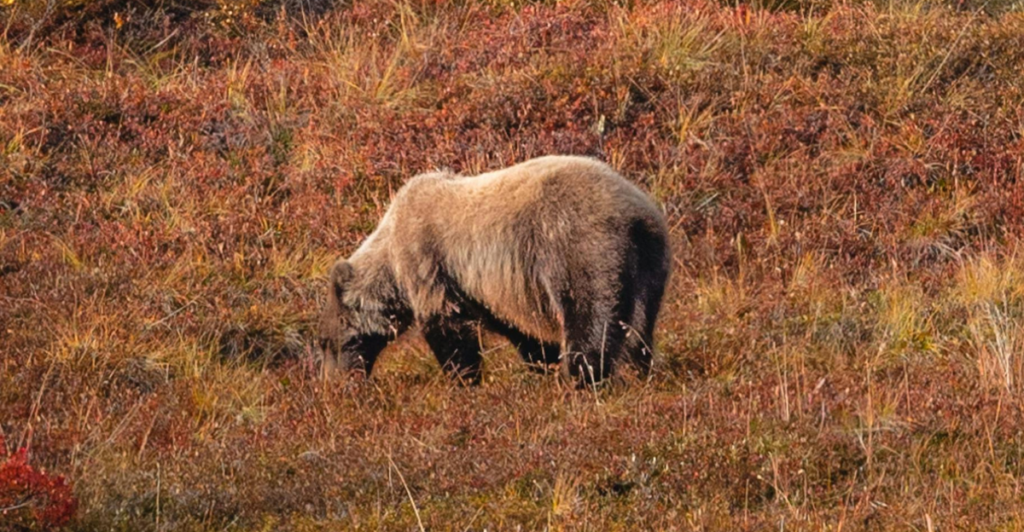
The brown bear’s evolutionary story began in Asia over 250,000 years ago. From there, these adaptable creatures migrated to Europe and eventually crossed into North America around 100,000 years ago. However, they didn’t make their way into the lower 48 states until roughly 13,000 to 15,000 years ago. This timeline lays the foundation for the unique journey of Kodiak bears to their island refuge.
The Ice Age Connection
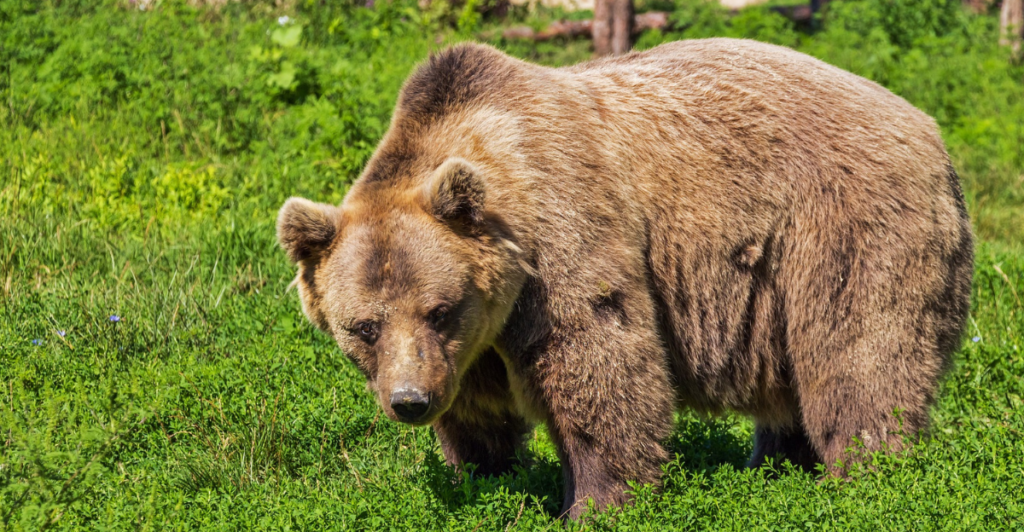
How did the Kodiak bear end up on the Kodiak Archipelago? Scientists believe they crossed an ice bridge from mainland Alaska during the last Ice Age, around 12,000 years ago. At that time, parts of Kodiak may have been free of glaciers, offering a refuge for bears. Once the glaciers retreated, the bears expanded across the archipelago, taking advantage of its rich resources.
The Island Effect
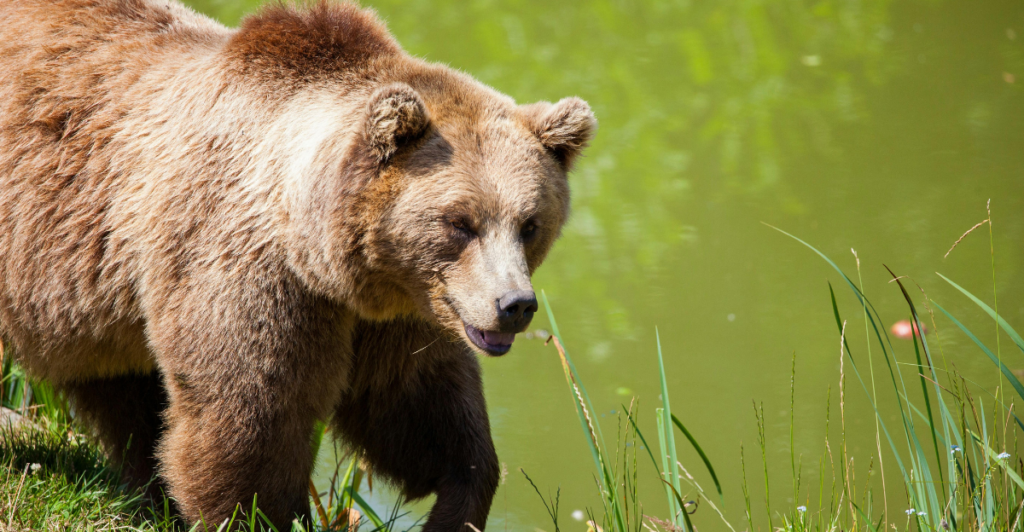
Isolation on the Kodiak Archipelago created the perfect conditions for the evolution of a distinct subspecies. Cut off from mainland brown bears for millennia, Kodiak bears developed unique traits, including their extraordinary size. This phenomenon, where animals evolve distinct characteristics in isolated environments, is known as the “island effect.”
Giants of the Bear World
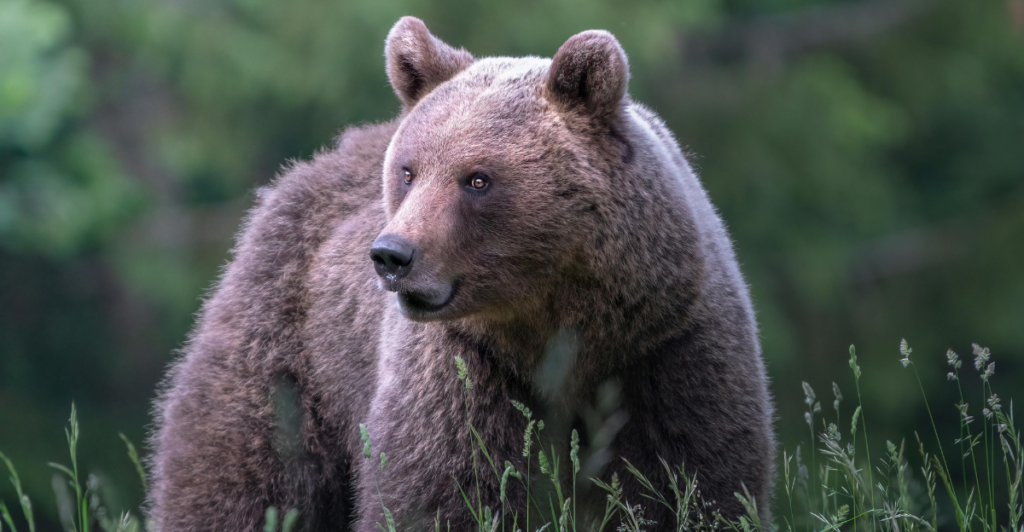
Kodiak bears can weigh up to 1,500 pounds (680 kilograms) and stand over 10 feet tall on their hind legs. Their size rivals that of polar bears, earning them a place as one of the largest terrestrial carnivores. This massive growth is supported by their access to abundant food sources like Pacific salmon, coupled with a lack of competition from other predators.
A Unique Genetic Profile
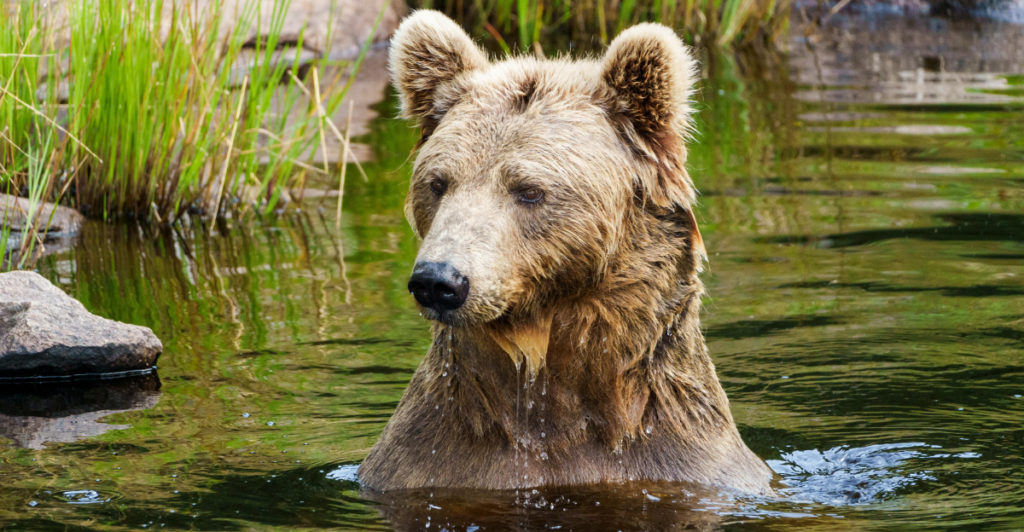
While all brown bears belong to the same species, Kodiak bears have developed genetic differences due to their isolation. They belong to the same clade as mainland Alaskan bears but have diverged enough to be considered a distinct subspecies. This genetic distinction highlights how environmental factors can shape evolution.
Life on the Kodiak Archipelago
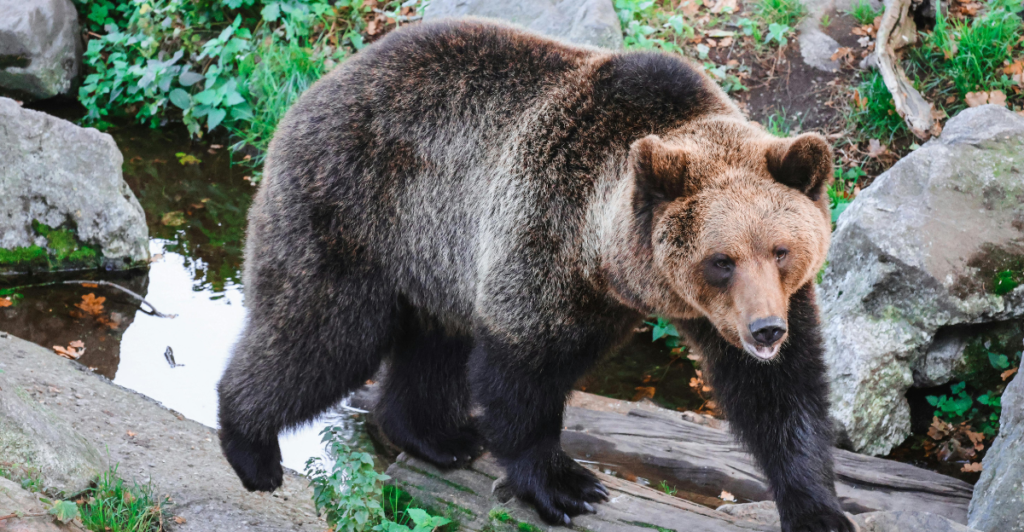
The Kodiak Archipelago provides a rich and diverse habitat for its bears. From dense forests to salmon-rich rivers, the environment offers abundant resources. Kodiak bears have adapted to this bounty, developing behaviors that make them skilled foragers and opportunistic feeders, sometimes even learning to access human food sources.
Gentle Giants?
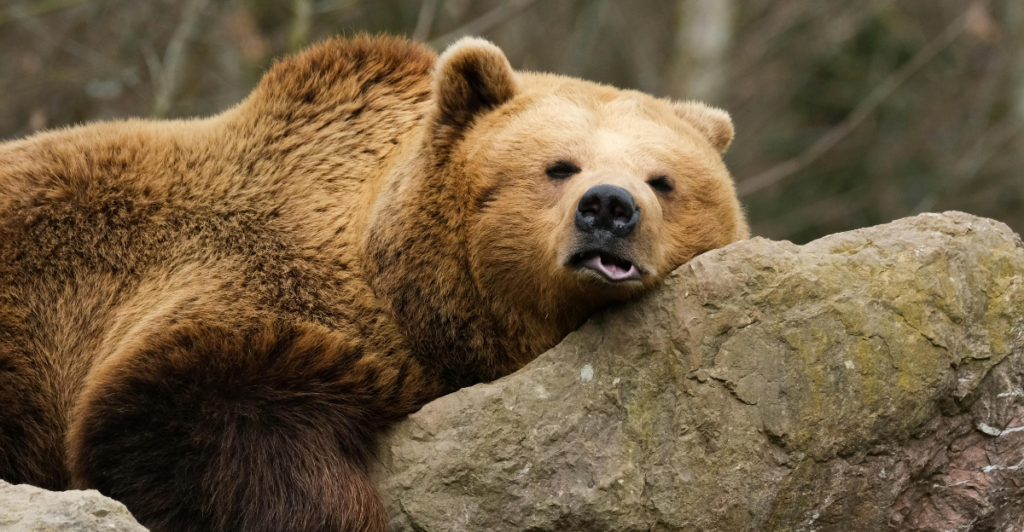
Despite their massive size and fearsome appearance, Kodiak bears have a surprisingly peaceful history with humans. There hasn’t been a human fatality caused by a Kodiak bear in over 90 years. Their adaptability and intelligence shine through in their interactions with the human population on the islands, showing a surprising level of coexistence.
Reproductive Strategies
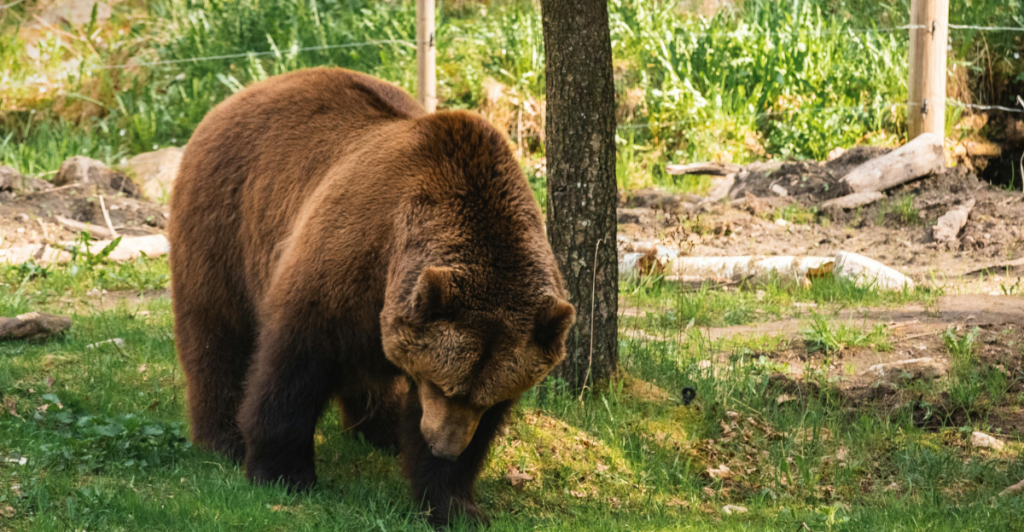
Kodiak bears exhibit delayed implantation, a fascinating reproductive strategy. After mating in June, the fertilized egg remains dormant until the fall, allowing the mother to assess her fat reserves. Only if she has enough resources to sustain herself and her cubs will the egg implant and the pregnancy proceed.
Challenges of the Past
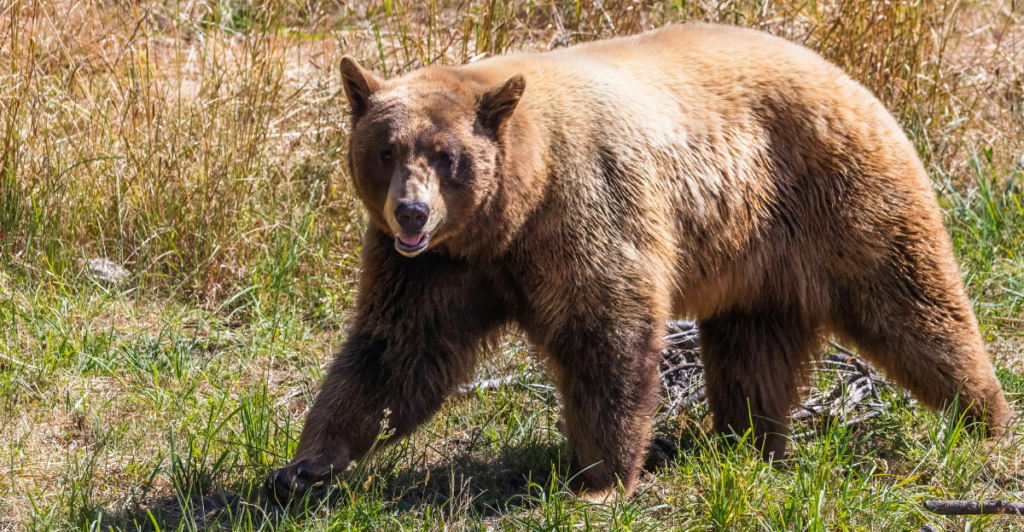
Kodiak bears haven’t always enjoyed the protection they have today. In the early days of cattle ranching on the islands, they were seen as pests and hunted aggressively. It wasn’t until sport hunters advocated for their conservation that large portions of the archipelago were designated as protected areas, allowing the population to recover.
Future Threats and Conservation Efforts
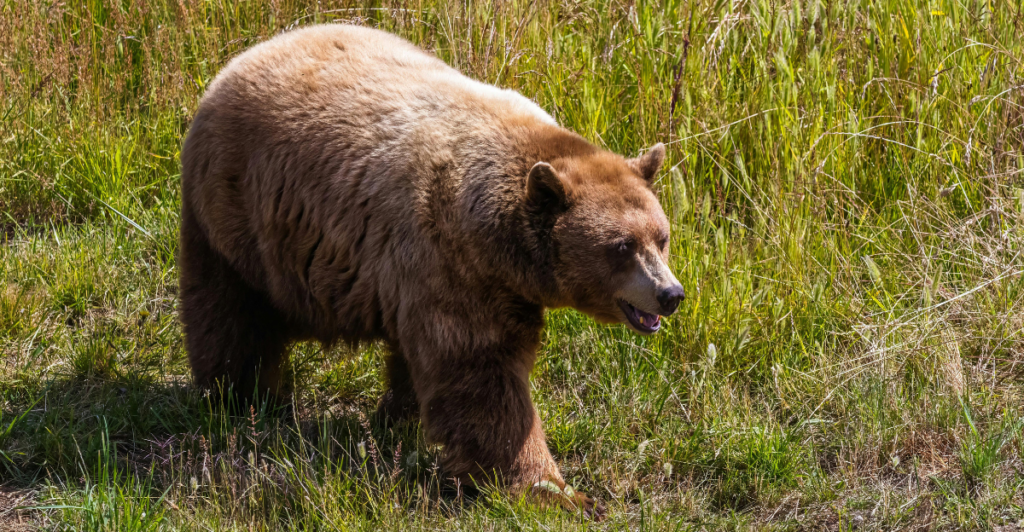
Today, the Kodiak bear population is stable at around 3,500 individuals. However, climate change poses a looming threat, particularly through its potential impact on Pacific salmon populations, a key food source. Conservationists are closely monitoring these changes to ensure the bears’ continued survival.
Kodiak Bears: A Symbol of Wild Alaska
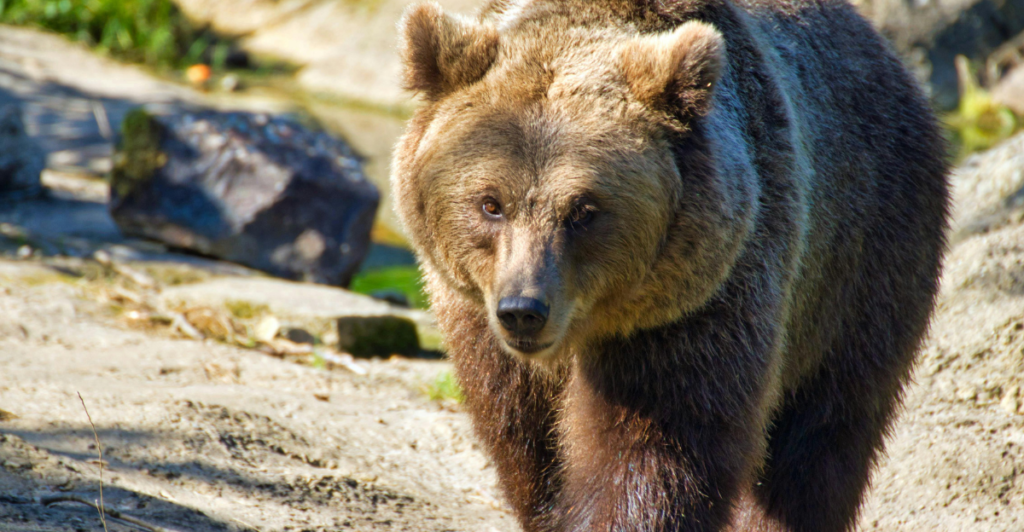
The Kodiak bear is more than just a giant of the animal kingdom. It’s a symbol of the resilience and adaptability of nature. Its story, from Ice Age migration to modern conservation efforts, underscores the importance of protecting our planet’s unique ecosystems. By understanding the Kodiak bear’s past, we can better appreciate its place in Alaska’s wild landscapes and ensure its future for generations to come.
References:
Alaska’s Kodiak Bear Is One of the Planet’s Biggest
Kodiak Brown Bear
Kodiak & Its Bears
Stay connected with us for more stories like this! Follow us to get the latest updates or hit the Follow button at the top of this article, and let us know what you think by leaving your feedback below. We’d love to hear from you!







